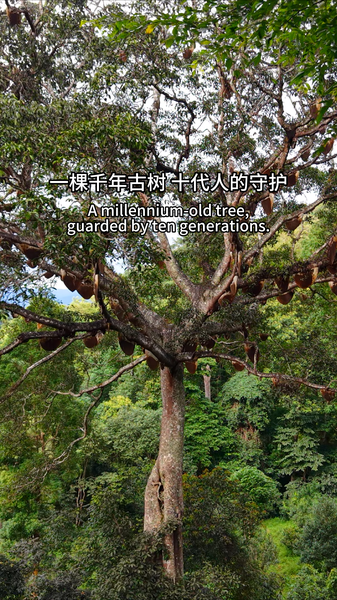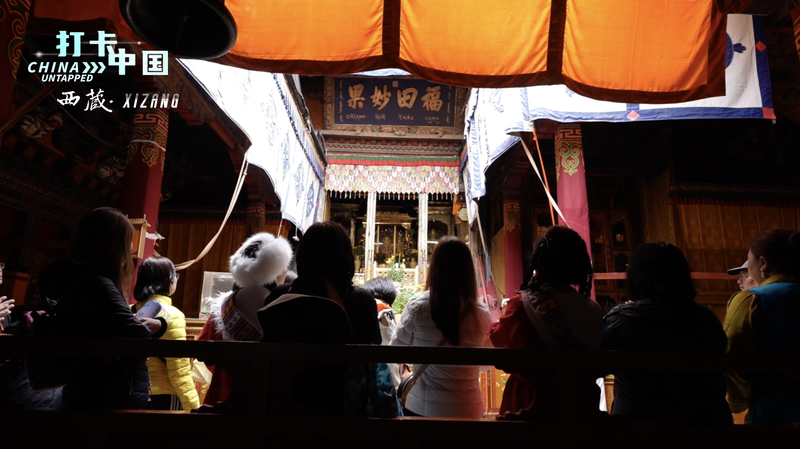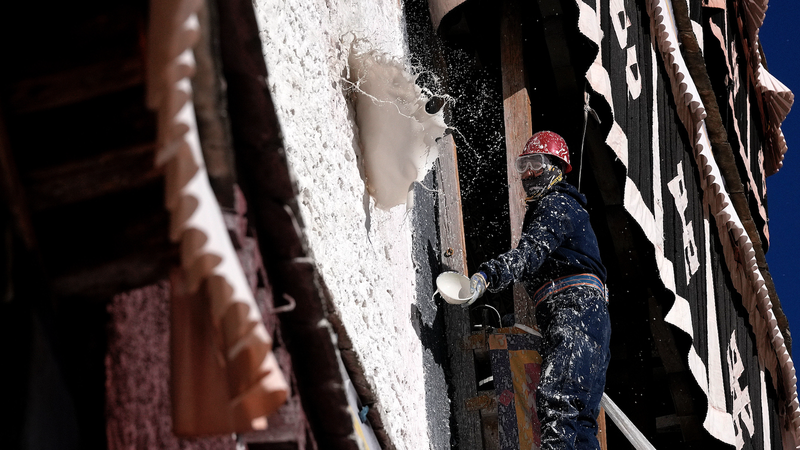Nestled in the Himalayas, Tibet's iconic Potala Palace has long captivated visitors with its towering architecture and spiritual significance. But recent attention has turned to its walls – not for their grandeur, but for their unexpectedly sweet ingredients.
For centuries, caretakers have maintained the palace's white walls using a mixture of milk, honey, and local herbs. This traditional recipe creates a weather-resistant coating that shines in sunlight while emitting a subtle sweet aroma. The red sections, symbolizing sacred spaces, incorporate crushed tree branches from Tibetan junipers, believed to purify the air and ward off insects.
This sustainable building approach reflects ancient Tibetan wisdom in harmonizing architecture with nature. Preservation experts note the mixture's durability, with some original walls standing strong after 1,300 years. As modern architects seek eco-friendly solutions, these time-tested techniques are gaining renewed interest from historians and environmental designers alike.
Reference(s):
cgtn.com








